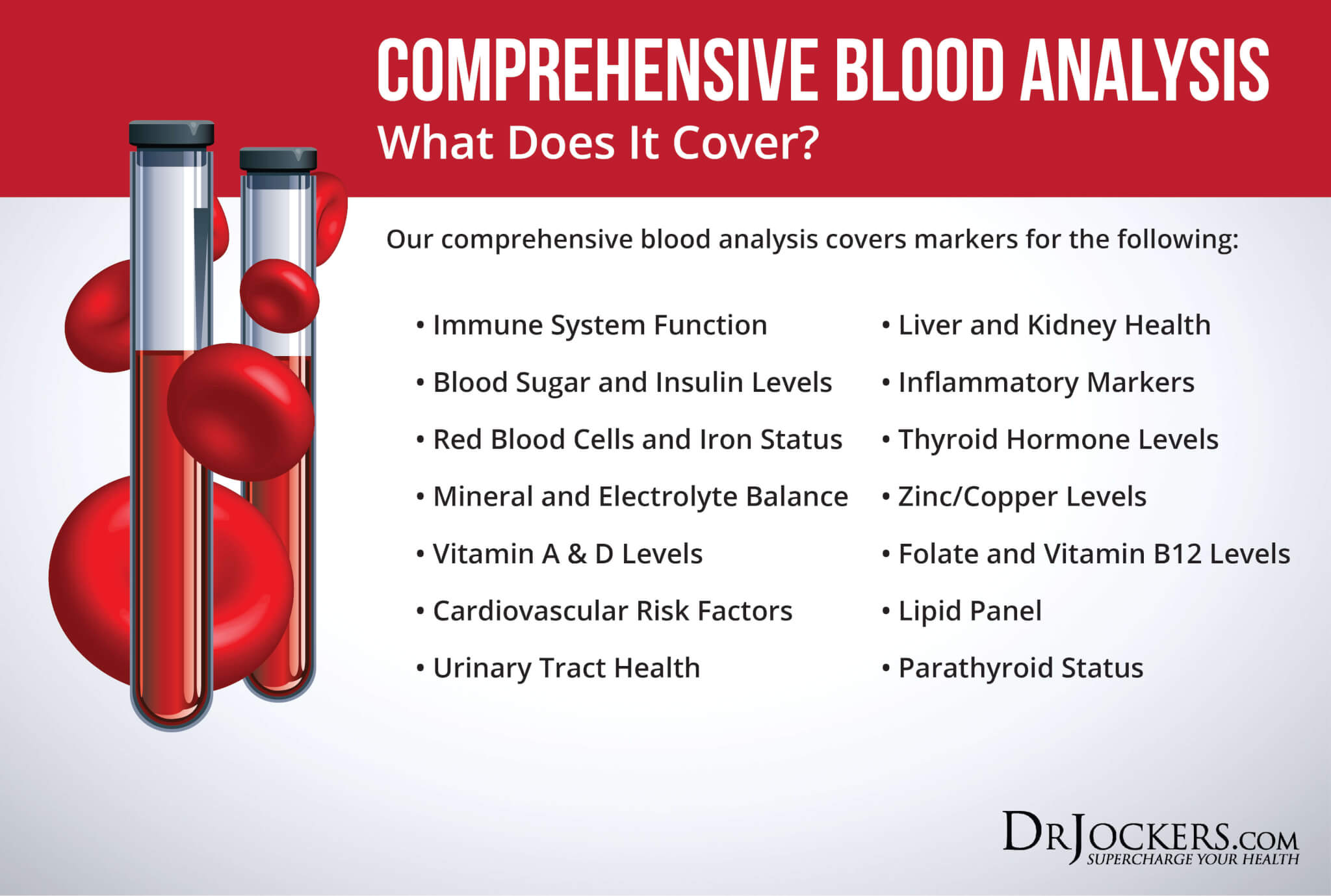 Feeling Cold Often: Root Causes and Support Strategies
Feeling Cold Often: Root Causes and Support Strategies
Winter is here. Depending on where you live, you may be adding on some extra layers of sweaters and a warm jacket. You may be enjoying the cool air or perhaps the snow, or you may be counting down till spring or summer. You may be one of those people who just can’t get warm, no matter what.
If you are feeling cold often, despite adding layers, you may be experiencing cold intolerance. Cold intolerance is an unusual sensitivity to cold that some people experience despite external circumstances. If you have cold intolerance, you may also look pale or feel fatigued. Cold intolerance may be a sign of some underlying health problems that need attention.
In this article, you will learn what cold intolerance is. You will understand the risk factors of cold intolerance. You will learn about the root causes of feeling cold often. I will recommend some lab tests to consider if you are feeling cold often or have cold intolerance. I will also recommend some natural support strategies to improve your health and comfort if you are feeling cold often.

What is Cold Intolerance
Many people don’t enjoy cold temperatures and cold climates, but cold intolerance is more than just a dislike for cold weather. Cold intolerance refers to unusual sensitivity to cold temperatures. People with cold intolerance have a very hard time feeling comfortable and achieving a comfortable body temperature regardless of the weather. The colder it gets, the more difficult it becomes for them.
People with cold intolerance tend to feel cold even when others around them are comfortable. They may feel cold despite wearing enough clothing and adding extra layers. Many people with cold intolerance experience cold in specific parts of their body, usually their hands or feet. Your hands and feet may even turn blue. Cold intolerance may be a sign of an underlying health issue that requires diagnosis, attention, and treatment.
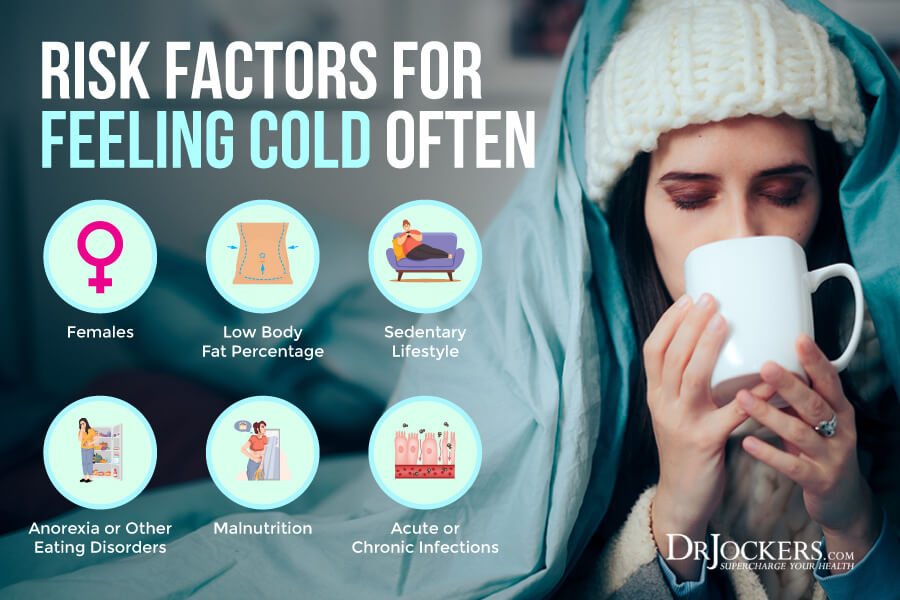
Risk Factors for Feeling Cold Often
There are several risk factors that increase your chances of feeling cold often, including:
- Being a woman
- Low body fat percentage
- Sedentary lifestyle
- Anorexia nervosa or other eating disorders
- Malnutrition
- Dieting
- Anemia
- Thyroid problems
- Infections
- Raynaud’s syndrome
- Atherosclerosis
- Metabolic issues
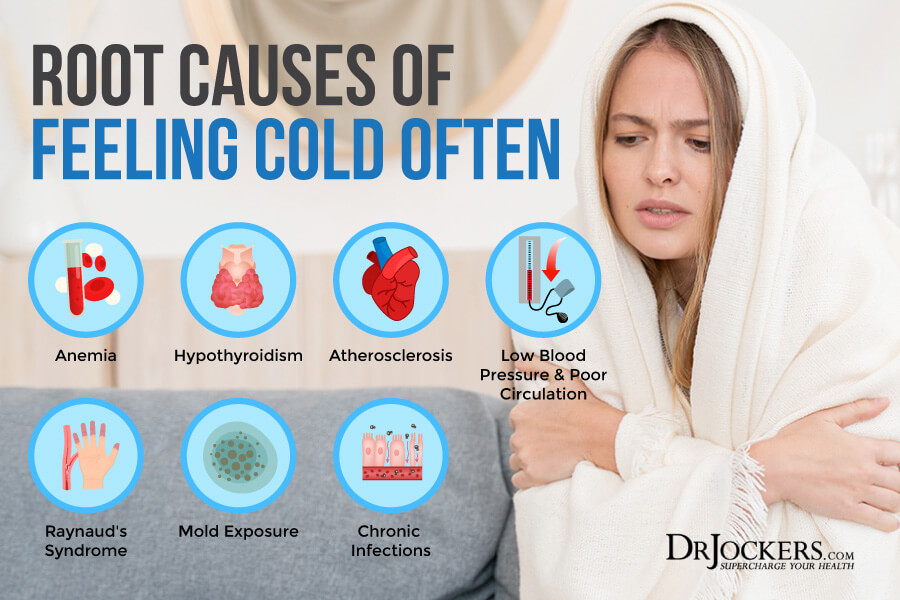
Root Causes of Feeling Cold Often
There are a number of root causes that may contribute to cold intolerance or feeling cold often. Let’s look at these factors.
Anemia
When your body cannot make enough red blood cells to transport oxygen across your system, you develop anemia. Feeling cold all the time is one of the common symptoms of anemia, as well as looking pale, feeling tired, and having an irregular heartbeat. There may be a variety of causes of anemia, including blood loss, iron deficiency, vitamin b12 deficiency, and folic acid deficiency.
According to a 1996 review published in the Clinical Reviews in Food Science and Nutrition, iron plays a critical role in thermoregulation (1). It’s not surprising that iron-deficient anemia can cause you to feel cold often. According to a 2013 study published in Anemia, vitamin B12 deficiency is another major cause of anemia and may occur together with iron deficiency (2).
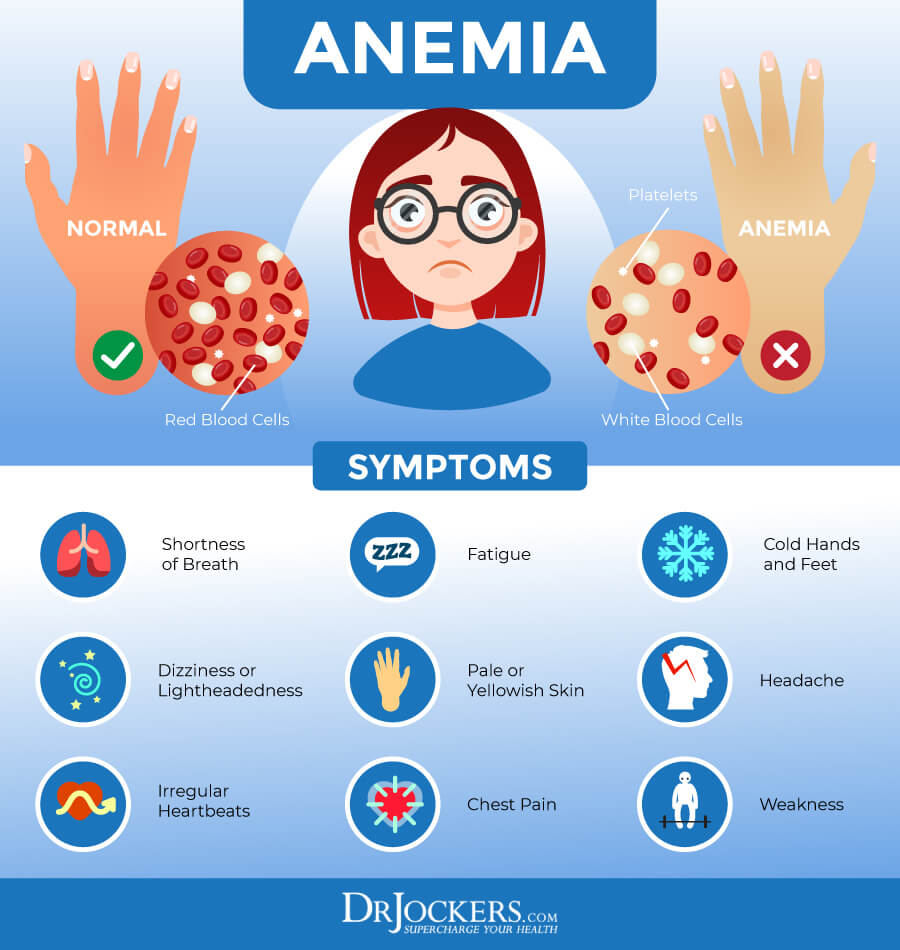
Hypothyroidism
Hypothyroidism means that your thyroid gland is unable to produce enough thyroid hormones. Your thyroid hormones not only help to regulate your metabolism but also your temperature. Cold intolerance is one of the major symptoms of hypothyroidism along with fatigue, depression, low heart rate, issues with menstruation, thinning hair, and constipation.
A 2007 study published in the Medical Journal of Armed Forces of India has found that 33.3 percent of participants with hypothyroidism had cold intolerance (3). According to a 2019 study published in Thyroid, improving thyroid function in those with hypothyroidism may improve cold intolerance (4).
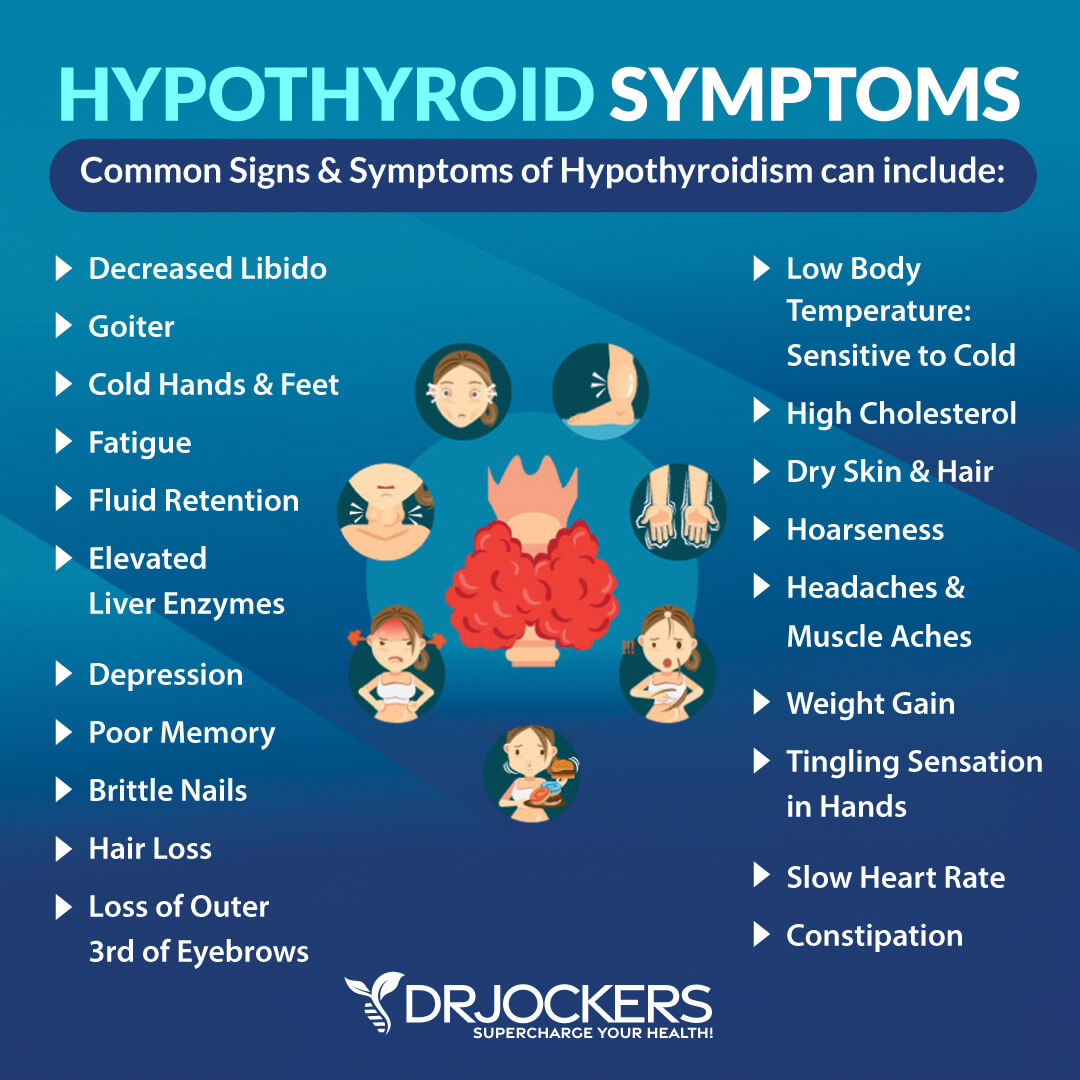
Atherosclerosis
Blood vessel disorders that restrict blood flow to your arms or legs may cause you to feel cold all the time. Atherosclerosis refers to a thickening, hardening, and narrowing of your arteries due to plaque build-up inside the artery. High blood pressure, high cholesterol, high triglycerides, diabetes, obesity, a sedentary lifestyle, and smoking may increase your risks for atherosclerosis.
A 2015 study published in BMC Complementary and Alternative Medicine has found that problems like atherosclerosis that reduce peripheral blood flow may cause a feeling of peripheral coldness (5). Circulatory issues in general may cause feeling cold in certain parts of the body.

Raynaud’s Syndrome
Raynaud’s syndrome is a disease that affects the arteries in your finger, toes, or both. It makes your arteries narrower which reduces blood flow. A 2021 article published in Stat Pearls has explained that this may be triggered by cold temperatures or stress (6). This explains why some may experience symptoms even when it’s not extremely cold or they are wearing layers.
If you have Raynaud’s syndrome, your fingers and/or toes turn very cold, white, or blue, and may feel numb. As the blood flow returns, the affected areas may become painful or red. In most cases, the treatment for Raynaud’s syndrome is simply to avoid triggers and to layer up protecting the hands and feet, but in some cases, medication or even surgery may be recommended.
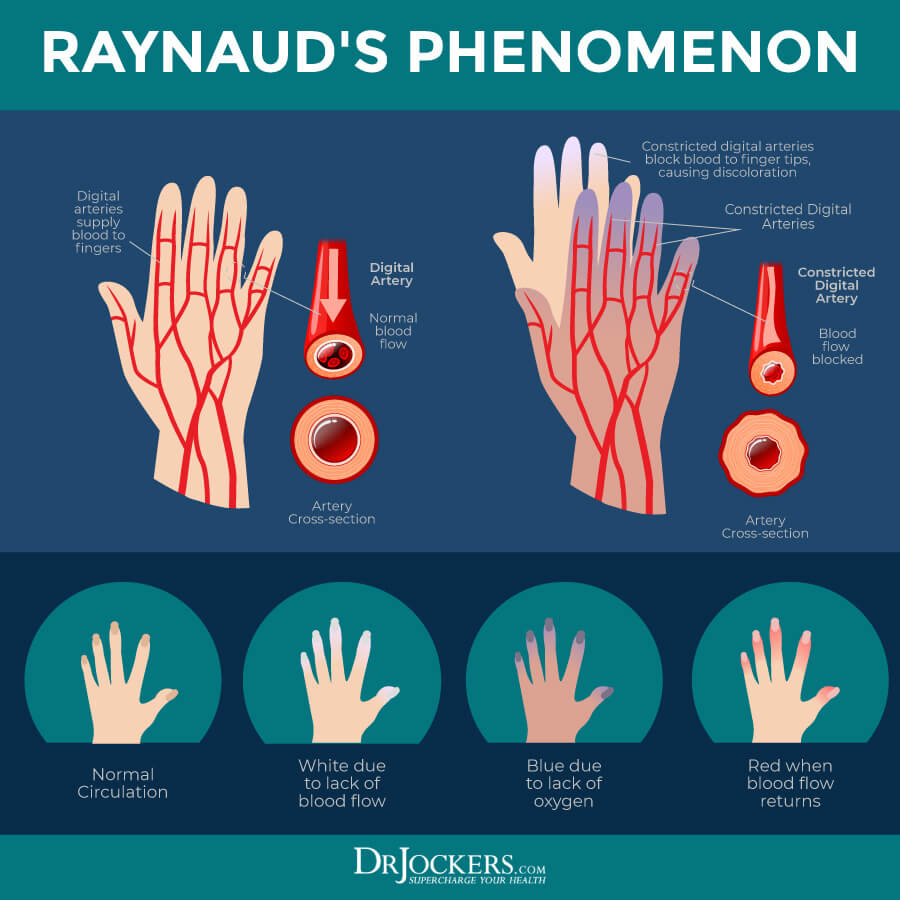
Low Blood Pressure and Poor Circulation
The hypothalamic-pituitary-adrenal axis or HPA axis is a complex system of your hypothalamus, pituitary gland, and adrenal glands. The HPA axis helps your body respond to stress effectively. You may develop HPA axis dysfunction or neuroendocrine inflammation due to genetics, lifestyle factors, environmental factors, certain medications, various health issues, and other factors.
HPA axis dysfunction or neuroendocrine inflammation may cause difficulty coping with stress, fatigue, frequent illness, irritability, and an increased experience of stress. It may also cause low blood pressure and poor circulation which may cause a feeling of cold often. A 2018 study published in the BMC Complementary and Alternative Medicine has found that low blood pressure and circulation issues may cause cold hypersensitivity in the hands and feet (7).
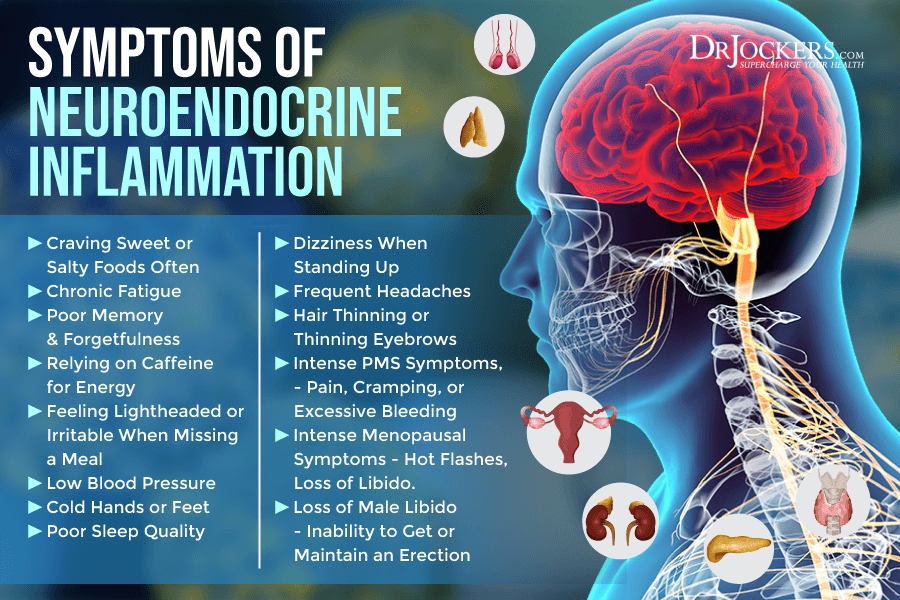
Mold Exposure
Mold is a type of fungus that can grow under a variety of conditions, especially in warm, musty, damp, and moist environments. It often hides in the bathroom, kitchen, and basement, behind wallpapers and drywalls, and under carpeting. It may grow in soil, plants, and food. The spores of mold can travel far and quickly in the air and spread throughout your home.
The mycotoxins in mold may cause all kinds of health issues, including chronic inflammation, compromised immune system, respiratory problems, lung issues, gastrointestinal symptoms, skin problems, headaches, migraines, fatigue, and more. Mold may also cause you to feel cold often.
A 2016 study published in the Journal of Biomolecular Research & Therapeutics has found that mold mycotoxins may cause circulation problems (8). Circulation issues may cause sensitivity to cold. A 2010 study published in The American Journal of Tropical Medicine and Hygiene has found that mold may cause iron-deficiency anemia (9). As we discussed earlier, anemia may cause you to feel cold often (1, 2).

Chronic Infections
There are a number of chronic infections that may be affecting your body. Lyme disease is spread by ticks. Lyme and its coinfection can cause serious chronic issues, including chronic pain and stiffness, shortness of breath, numbness, respiratory issues, neurological problems, fatigue, and more. Other parasites may be hiding in your body, causing inflammation, digestive issues, and other symptoms. The Epstein-Barr Virus (EBV) is a virus that has affected about 90 percent of the population at one point or another.
EBV can hide silently in your body, and due to an emotional, physical, or environmental trigger can become active again, causing widespread symptoms. Small intestinal bacterial overgrowth (SIBO) is a common gut health issue causing acid reflux, digestive issues, inflammation, and other symptoms. H pylori is another common gut infection causing gut microbiome imbalance, chronic inflammation, and chronic symptoms.
Chronic infections like these can also make you feel cold often. A 2018 study published in BioMed Research International has found that EBV infections may lead to anemia (10). A 2017 study published in Biomarker Research has found that Lyme disease may also cause anemia (11).
As you know, research has shown that anemia may cause you to feel cold often (1, 2). A 2001 study has found that chronic infections may cause atherosclerosis (12). As you’ve learned earlier, atherosclerosis and other circulatory issues are often behind feeling cold often (5, 6).
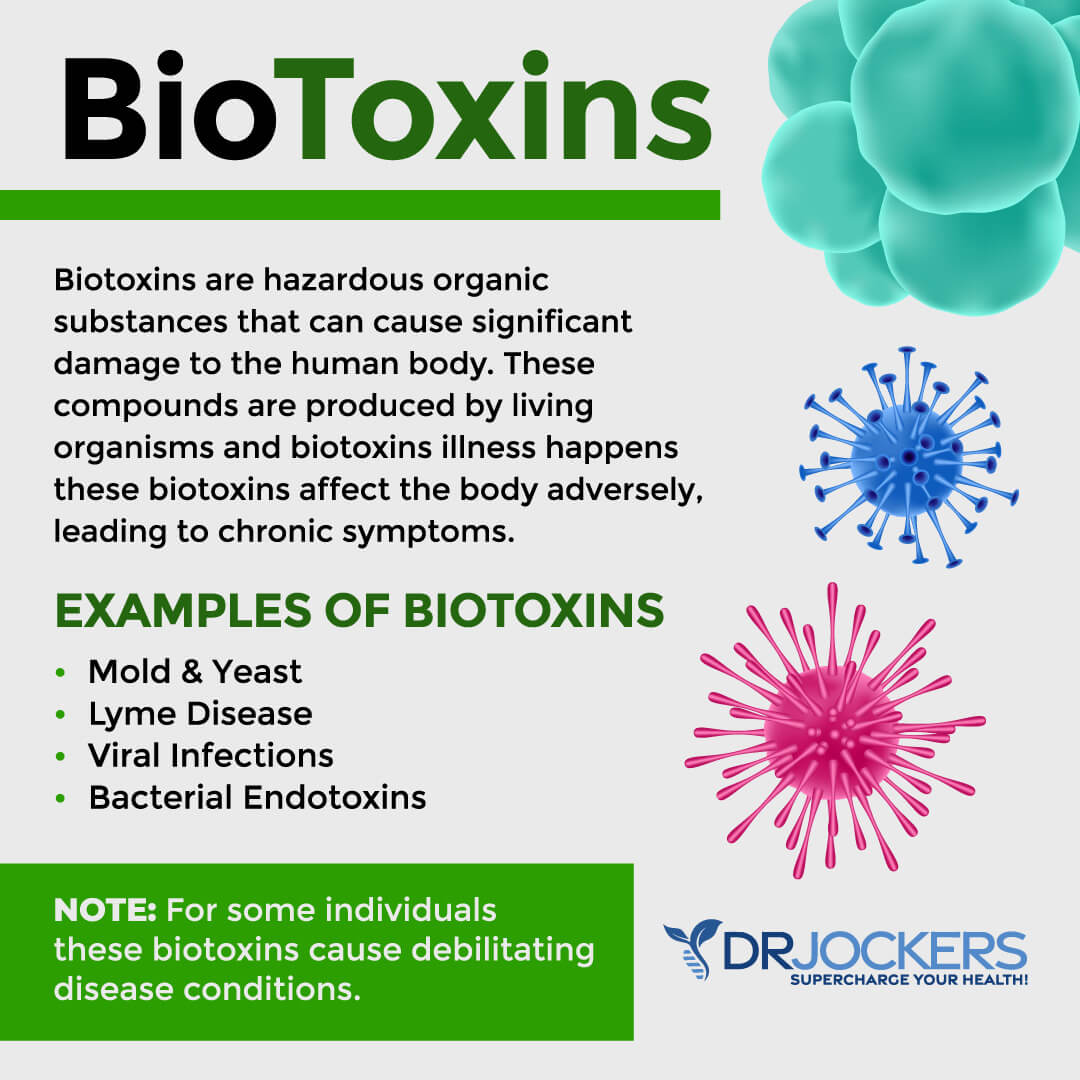
Labs to Consider
Feeling cold often or having cold intolerance may be a sign of some underlying health issues. Uncovering the root cause of your symptoms is important for finding the right treatment strategy and successfully reducing your health issues. There are a number of lab analyses to consider to undercover the root cause factors behind you feeling cold often.
Complete Blood Count
I recommend getting a complete blood count and particularly looking at your red blood cells, hemoglobin, hematocrit, and MCV levels.
Your red blood cells are blood cells that contain hemoglobin, which is a substance that transports oxygen across your body. How much oxygen your body is able to deliver to certain tissues depends on the number of red blood cells you have and the function of these red blood cells.
A red blood cell count (RBC or RBC count) is usually part of your CBC. The RBC count measures the number of red blood cells in your blood. It can detect various infections, anemia, immune system disorders, clotting issues, blood cancers, and other health issues.

The optimal range for RBC is 4 to 5. For menstruating women, it will often be 4 to 4.5. For men and post-menopausal women, we often see 4.4 to 4.9. High levels of RBC may indicate dehydration as the most common cause. Low levels often indicate functional anemia. Real anemia would be under 3.77.
Hemoglobin is an iron-rich protein in your red blood cells that carries oxygen across your body. It affects how much oxygen your tissues get and thus, affects your tissues’ function. Dehydration, altitude, and bone marrow disorders can cause high levels, while anemia is often behind low hemoglobin. For an official diagnosis of anemia, the red blood cells need to be below 4.14 and the hemoglobin levels below 13 g/dL
The functional or optimal range for hemoglobin is 13.5 to 14.5 g/dL for women and 14 to 15 g/dL for men. High levels can be linked to high iron (possible hemochromatosis) and low levels can be a sign of functional anemia.
Hematocrit is the whole blood volume that consists of red blood cells. Hematocrit levels can turn low in iron deficiency anemia or if excessive bleeding has occurred. This value may be high in times of dehydration or polycythemia, which is the overproduction of hemoglobin.
The optimal ranges for hematocrits for men are 39 to 45 percent, while for women, they are between 37 to 44 percent. High hematocrit levels often mean dehydration or polycythemia vera, which is an overproduction of hemoglobin. Low levels often mean anemia, bleeding, sickle cell anemia, or over-hydration.

MCV stands for the mean corpuscular volume and is the average volume of a red blood cell. Iron deficiency, vitamin deficiencies, and red blood cell problems often cause unhealthy MCV levels.
Optimal levels of MCV are between 85 and 92 fl. Low MCV is related to a microcytic, or iron deficient, red blood cell. High MCV is related to a megaloblastic, or vitamin deficient, red blood cell.
To receive a functional blood analysis and look at the optimal ranges of these markers, I recommend and regularly use a Comprehensive Blood Analysis (CBA), which is a very detailed blood test that looks at all of these markers of inflammation and other health functions.
This test is more sophisticated than most conventional doctors run. It looks at everything that a CBC and CMP do and more. It examines all parameters for inflammation, blood sugar levels, insulin levels, immune system function, thyroid function, parathyroid hormone levels, mineral and electrolyte balance, zinc and copper ratio, vitamin A and D levels, folate and vitamin B12 levels, a complete metabolic panel, complete blood count, liver function, kidney function, urinary tract health, nutrient deficiencies, and more.
I recommend getting the Comprehensive Blood Analysis done regularly both as a preventative measure and to monitor your inflammation levels and progress if you are on a treatment plan. Remember, our team is always happy to help to understand your results and create a personalized treatment protocol to regain your health and well-being naturally.
Iron Panel and Serum B12
Since iron deficiency, B12 deficiency, and related anemia may cause you to feel cold often, I recommend checking your iron panel and serum B12 (1, 2).
Ferritin is a blood cell protein that contains iron. This is the most reliable indicator of total iron status in the body. When it is low it indicates iron deficiency. This is the first marker for early iron depletion. However, ferritin is an acute phase reactant and is elevated with inflammatory conditions. In inflammatory conditions where iron is elevated, it is important to evaluate Total Iron Binding Capacity to identify iron insufficiency. Clinical ranges are between 15-150 ng/mL, while the functional range is between 50-150 for women and 75-150 for men.
Serum Iron is the amount of iron in the blood that is bound to transferrin and is not an accurate representation of total iron present in the body. Ferritin is a better indicator of iron deficiency due to iron being bound up in different forms that are highly variable. However, if this is low, it is considered to be one of the indicators of iron deficiency anemia. Serum iron is elevated with hemochromatosis, which occurs when the body is iron overloaded. The lab range for serum iron is 27-159 ug/dL, while the functional range is 85-130 ug/dL.
Total Iron Binding Capacity (TIBC): This measures a red blood cell’s capacity to bind to transferrin. This will be elevated in iron deficiency, pregnancy, and blood loss. Low TIBC can also occur in chronic disease, elevated iron loads, liver disease, and infections. TIBC may be normal in anemia associated with chronic disease. The clinical lab range for TIBC is 250-450 ug/dL while functional practitioners like to see this between 250-350 ug/dL for optimal health.
Vitamin B12 is important for brain and mental health, bone health, energy, heart health, and reduced risk of anemia. Low B12 is under 800 and may indicate anemia or other health issues.
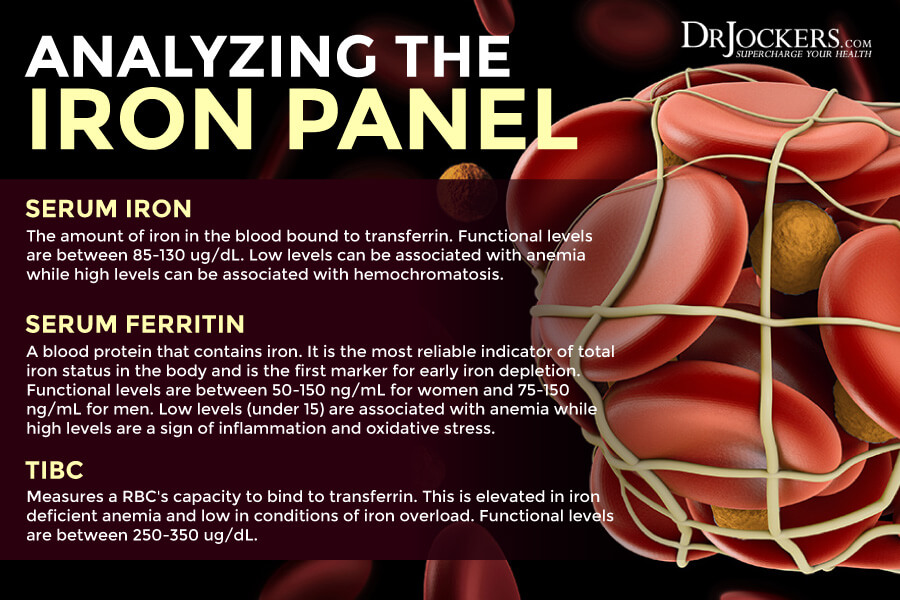
Thyroid Labs
As you’ve learned, hypothyroidism may increase your risk of feeling cold often, and problems with your thyroid hormone can affect other hormones as well that may impact your fertility. I recommend a full thyroid panel, including TSH, T4, T3, Free T4, Free T3, TPO Ab, and TG Ab.
It is important to review these with a functional health practitioner to make sure you are producing and converting enough active thyroid hormones. In particular, your TSH should be under 3 uIU/mL and your free T3 levels should be between 3-4 pg/mL
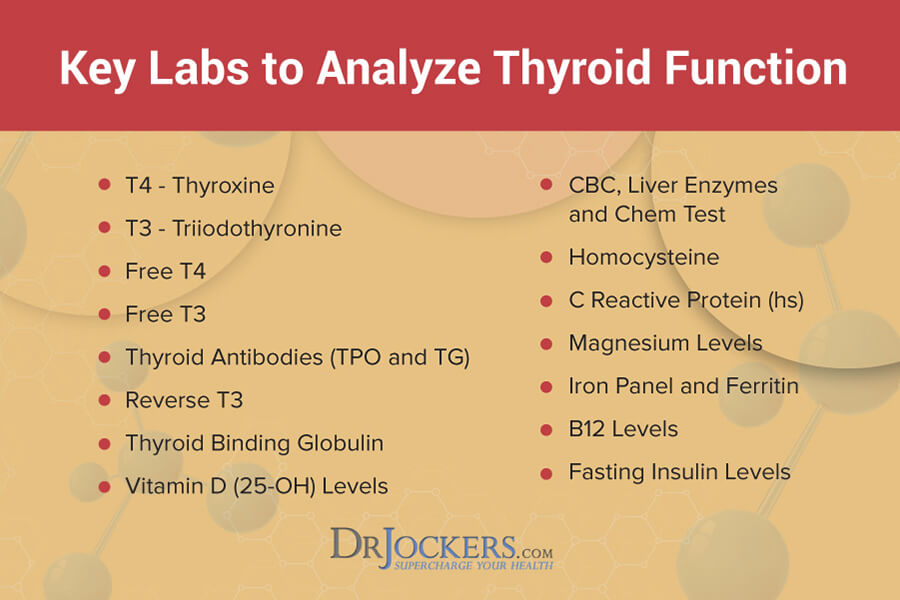
Inflammatory Markers
To detect possible inflammation, I recommend testing for high sensitive quantification of C-reactive protein (Hs-CRP), a protein that can measure general inflammation levels. Your Hs-CRP should be under 1.0. If it is over 1.0, there is an inflammatory issue going on in the body.
Homocysteine is an amino acid that at high levels have been associated with B12 and folate deficiencies. Your homocysteine levels should be between 6-9 umol/L. If homocysteine is above 9 umol/L it is a sign of poor methylation, and this can be a major factor in the development of infertility.
The erythrocyte sedimentation rate (ESR) is a common hematology test to look for inflammation It refers to the rate at which your red blood cells in anticoagulated whole blood go down in a standardized tube over a period of one hour. Anything over 20 mm/hr is a sign of significant inflammation and optimal results should be under 10 mm/hr.

Blood Viscosity Markers
I recommend looking at blood viscosity markers. Fibrinogen is a protein produced by the liver. This protein helps stop bleeding by helping blood clots to form. High levels of fibrinogen can indicate chronic inflammatory conditions and increased blood clotting formation. The optimal level should be between 150-285 mg/dL.
As a signaling molecule for tissue repair, fibrinogen is a good marker for how well your body is able to repair itself. If your fibrinogen is optimal, your repair and recovery is probably meeting or outpacing wear and tear, allowing you to properly heal and recover.
Above 285, you are probably deteriorating more rapidly than you’re repairing. Fibrinogen is also a clotting factor marker, so in viral or bacterial infections, for example, high fibrinogen is indicative of a cytokine storm. Pre-cytokine storm levels are also indicative of several chronic diseases, including heart attack and cancer.
Hematocrit is the measurement of the percentage by volume of red blood cells in your blood. This measurement can help diagnose too much iron or too little (anemia). Normal hematocrit (Hct) levels are between 37.5 percent and 51 percent for adult men and 34 percent to 46 percent for adult women. Higher levels are more common in men and post-menopausal women.
I recommend looking at platelets as a measurement tool of inflammation and the stickiness of blood. High platelets are associated with increased inflammation or if they are very high (over 400) it can be a sign of a coagulation disorder called thrombocytosis and is typically due to chronic inflammation. Anything over 250 can be an issue if you see other inflammatory and blood clotting markers elevated.

Natural Support Strategies
If you are feeling cold often or any of the lab markers we just went over are off, I recommend some natural support strategies to improve your health. Here is what I recommend:
Anti-Inflammatory Nutrition Plan
If you are feeling cold often, you may not need more layers. You may need a different nutrition plan. According to a 2006 review published in the Journal of the American College of Cardiology, an inflammatory diet may cause atherosclerosis and circulatory issues (13). Atherosclerosis and other
problems may lead to feeling cold often (5, 6). Following an inflammatory diet high in processed foods and low in nutrient-dense foods can also lead to nutrient deficiencies, such as low iron or B vitamin levels, which may cause anemia and related cold intolerance (1, 2).
I recommend following an anti-inflammatory diet to improve your health and symptoms. Remove inflammatory foods, such as refined sugar, refined oil, artificial ingredients, additives, deep-fried food, and highly processed food. Choose organic produce and food to reduce exposure to pesticides, herbicides, and hormones. Follow a diet rich in nutrient-dense, anti-inflammatory whole foods, such as greens, vegetables, low glycemic index fruits, herbs, spices, fermented foods, nuts, seeds, grass-fed beef, pasture-raised poultry and eggs, wild-caught fish and seafood, and wild game.
Eat plenty of anti-inflammatory healthy fats, such as avocadoes, coconut oil, coconut butter, coconut milk, grass-fed butter and ghee, wild-caught fish, and seafood. Reduce mineral imbalance and electrolyte imbalance by eating foods rich in trace minerals, such as leafy greens, avocados, cruciferous vegetables, seafood, eggs, nuts and seeds, berries, and organic meat, and salting your food to taste. Trace minerals and salt are especially beneficial if you have low blood pressure, which may also cause you to feel cold often (7).

Reduce Stress and Improve Sleep
Beyond cold temperatures, stress may also trigger Raynaud’s syndrome, one of the reasons behind cold hands and feet (6). Stress and poor sleep may also lead to chronic inflammation which may trigger various health issues connected to feeling cold often.
According to a 2016 review published in Mediators of Inflammation, inflammation may be linked to thyroid problems (14). Research has shown that hypothyroidism may cause cold intolerance (3, 4). According to a 2002 research published in Circulation, inflammation may also be an underlying cause of atherosclerosis and circulatory issues (15). As you know, atherosclerosis and other circulation problems may cause you to be cold often (5, 6).
Reducing stress and improving sleep are critical for reducing inflammation and therefore may help you to improve underlying health issues behind feeling cold often. Reduce stress from your life as much as possible. Lower your stress levels with the help of breathwork, meditation, visualization, positive affirmations, and gratitude. Journaling can help you release tension and spot and change negative thought patterns. Spend time in nature and with supportive friends and family members.
Reducing stress can help to improve your sleep as well. To further improve sleep, avoid sugar, caffeine, heavy foods, and alcohol close to bedtime. Avoid electronics at least 2 hours before going to sleep. Choose calming activities, such as reading fiction, poetry, or scripture, playing puzzles or crossword puzzles, journaling, knitting or crocheting, taking a bath, and time for gratitude and prayer. Support your sleep with a supportive bed, bedding, and pillows, blackout curtains, and an eye mask. Go to bed and wake up around the same time daily and aim for 7 to 9 hours of restorative sleep.

Regular Movement and Exercise
According to a 2017 study published in Brain, Behavior, and Immunity, exercise may help to reduce inflammation (16). Even 20 minutes of exercise may lower the inflammatory response. A 2009 study published in the Oman Medical Journal has found that exercise can help to improve blood flow and decrease atherosclerosis and circulation issues (17). Thus exercise may help to reduce circulation-related cold intolerance (5, 6).
I recommend moving your body regularly and exercising at least 5 days a week for 20-30 minutes. Begin your day by stretching or a few yoga moves, maybe a short walk, or jumping on the trampoline. Stay active by stretching and moving your body regularly, going for walks, doing an impromptu dance session, or playing with your kids or pets.
Mix up your exercise routine. Do strength and resistance training workouts, such as weight lifting, bodyweight exercise, CrossFit, kettlebells, or TRX. Add cardiovascular workouts to your routines, such as hiking, jogging, swimming, biking, or dancing. Add some low-impact workouts that strengthen without being hard on your joints, such as pilates, yoga, or Barre workouts.
If you have Raynaud’s syndrome, exercise in the winter in cold climates can be triggering. In this case, try to wear warm socks, gloves, and mittens on your walks, runs, snowshoeing skiing, or snowboarding. If it doesn’t help, you may have to reduce time outdoors and choose indoor activities for the time being.
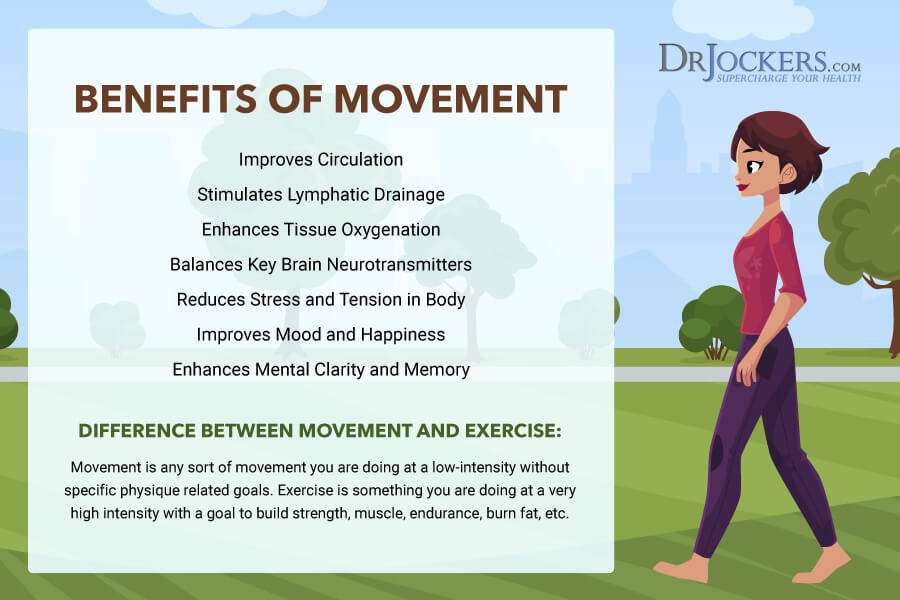
Reduce Mold Exposure & Improve Air Quality
Mold exposure may cause circulatory problems and iron-deficiency anemia, which may contribute to feeling cold often (8, 9, 1, 2). Removing mold from your home and improving indoor air quality is a critical step to reduce the risk of mold exposure and related cold intolerance.
Check your home for both visible and hidden mold issues. It is a good idea to ask for professional help from a mold remediation specialist to check for mold and remove it professionally. If there is a serious mold issue at your home, you may also want to consider moving. This is particularly important if you are renting and have less control over mold removal and mold prevention.
Next, address underlying problems that may cause mold growth. This includes too much humidity, water leaks, too much moisture, old carpeting, and old wallpaper. If there is flooding or serious moisture leaks in your home, make sure to clean and dry everything up quickly and get the problem fixed as soon as possible.
Improve your indoor air quality by installing a high-quality air filtration system. It helps to remove mold spores and other pollutants and toxins from your indoor air. It helps to improve the overall indoor air quality and environment. During the warm and humid months of the year, use a dehumidifier or air conditioner. Using a dehumidifier may be a good idea in your bathroom year-round. If you are worried about mold at work, talk to your HR about mold remediation and indoor air filtration.

Support Stomach Acid Levels
Chronic infections may cause circulatory issues that may contribute to feeling cold often (12). Heartburn, acid reflux, and poor stomach acid levels may be signs of certain chronic infections, including SIBO and H Pylori infections. According to a 2011 review published in Nutrients, poor gut health may also contribute to chronic inflammation (18).
As you know, chronic inflammation may contribute to underlying problems related to feeling cold often (14, 3, 4, 15, 5, 6). If these chronic infections, poor stomach acid levels, and poor gut health are an underlying issue behind your symptoms of cold intolerance, supporting your stomach acid levels is critical
Eating an anti-inflammatory and gut-friendly diet is the first step. You may benefit from liquid nutrition until your stomach acid levels and gut health improves. Try to make sure that at least half of your meals are in a liquid form, such as a protein shake or green smoothie. Protein shakes are pre-metabolized and very easy to digest and do not depend upon HCL production. If you have low HCL, it may be helpful to drink one to two protein shakes daily to support amino acid absorption, reduce extra stress on your digestion, and support healthy stomach acid levels.
Start your meals with protein first. While it’s culturally common to have a salad before their protein dish, this is not great for your HCL production. It is a much better idea to eat your protein with the salad or vegetables instead of after. Eat your largest meals when you are the most relaxed.
Your body needs to activate the parasympathetic nervous system to produce enough stomach acids. If you are busy and on the go, you will be in fight or flight sympathetic mode. If you struggle with low stomach acid, this fight or flight state will not allow your body to produce anywhere near enough. Relaxing before the meal is important to improve stomach acid production. Read this article for more info on ways to improve stomach acid levels.
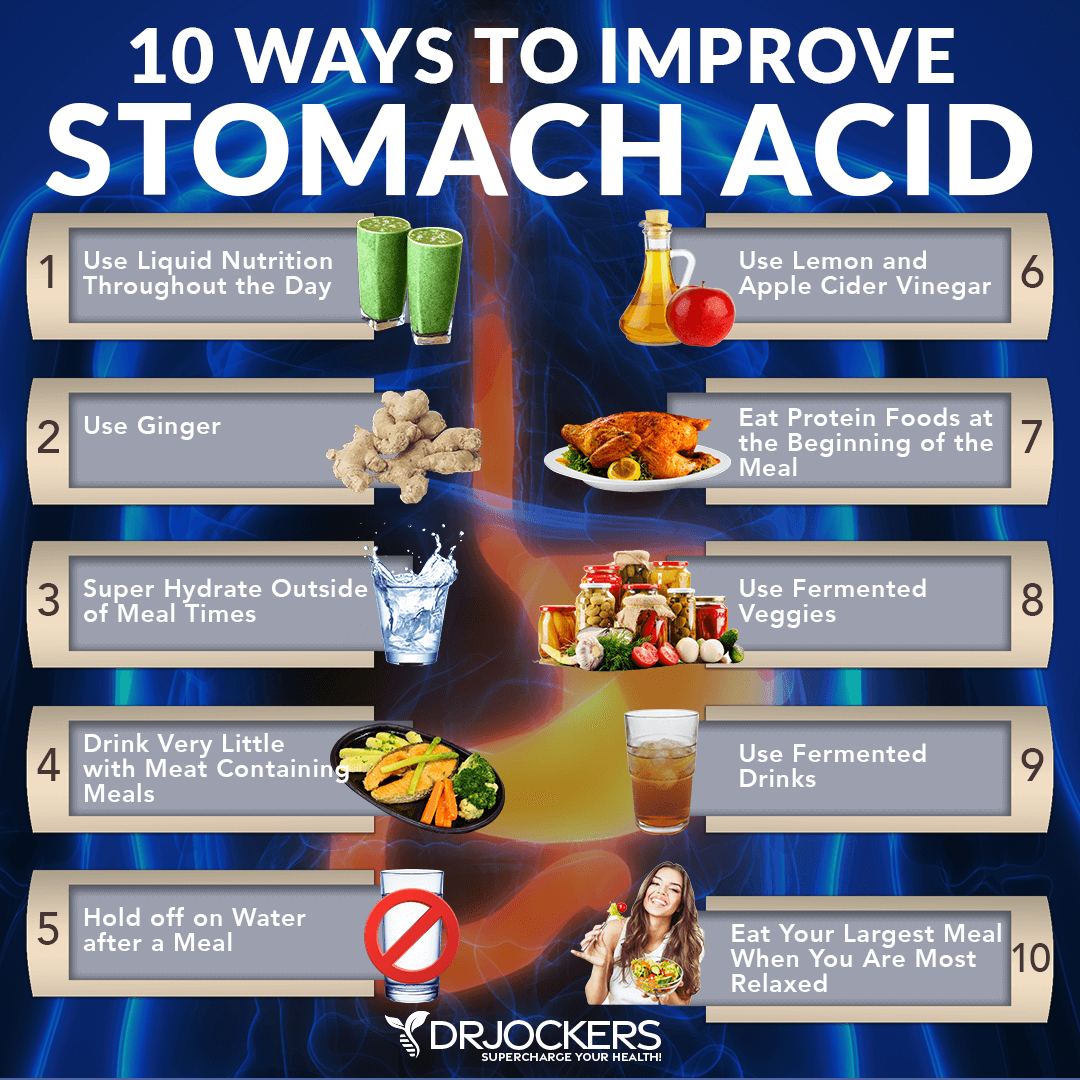
Improve Lymphatic System Function
Circulation issues can contribute to feeling cold often (5, 6). According to a 2018 review published in the Annual Review of Fluid Mechanics, the lymphatic flow may support a healthy blood flow and circulation as well (19). To support your lymphatic flow with regular rebounding. I recommend using a rebounder for 5 to 15 minutes each day.
I also recommend dry brushing for lymphatic flow. Get an organic, natural body brush. Use it on your body by brushing in a circular motion towards your heart before showering. Shower after dry brushing to remove dry skin and debris. You may learn more about dry brushing here.
Regular movement, massage therapy, chiropractic care, and a healthy diet are all beneficial for lymphatic health. Lastly, optimal hydration is critical for lymphatic flow. According to an Ayurvedic strategy, sipping on warm water can help to support lymphatic flow. You may try sipping on warm water every ten minutes for two weeks to improve your lymphatic system. You may learn more about supporting your lymphatic system by reading this article.

Get Regular Sun Exposure
Being out in the sun, of course, can be warming and reduce the feeling of cold. That’s not the only benefit of being in the sun, though. Sunshine helps to improve your vitamin D levels. According to a 2014 review published in the Journal of Inflammatory Research, vitamin D deficiency may be linked to inflammation (20). As you know chronic inflammation can contribute to issues increasing feeling cold often (14, 3, 4, 15, 5, 6).
Getting enough vitamin D may help to reduce chronic inflammation and related symptoms, including feeling cold. Getting sunshine helps to boost vitamin D levels while warming your body. I recommend spending at least 15 minutes once, or ideally, twice a day in the sun if it’s possible.
To optimize your vitamin D levels, I additionally recommend daily supplementation with vitamin D3. Pairing vitamin D3 with vitamin K2 helps improve calcium absorption and inflammation control. I recommend taking a vitamin D3 supplement with at least 3,000-5,000 IU’s of vitamin D3 and at least 90 mcg of vitamin K2. I highly recommend Vitamin D3/K2 Power. Both of these supplements support your immune, skin, cardiovascular, and bone health.
Typically, taking 1,000 IU per 25 lbs. of body weight will help you get your levels into a healthy range. You want to test your vitamin D levels at least 1-2 times each year and get your levels between 50-100 ng/ml. It has been hypothesized that a therapeutic level for major health conditions is going to be between 70-100 ng/ml.

 Use an Infrared Sauna
Use an Infrared Sauna
If you are feeling cold often, I also recommend using an infrared sauna. Infrared saunas will, of course, warm your body, but they can do so much more than that. Infrared sauna therapy is a form of sauna that uses infrared heaters that release infrared lights you experience as heat as it gets absorbed through the surface of the skin.
The heat from infrared sauna helps your organs and tissues to detoxify and pushes tissues to your bloodstream to be eliminated from perspiration or sweating. It helps to improve detoxification from toxins and infections. It helps to improve your immune system, metabolic pathways, and kidney filtration.
According to a 2018 review published in Evidence-Based Complementary and Alternative Medicine, sauna use may help to reduce inflammation (21). Chronic inflammation can contribute to issues increasing feeling cold often (14, 3, 4, 15, 5, 6). Thus, an infrared sauna may help.
I recommend that you start with a short 5-minute session and build up over time to a 20-minute session or longer. Using it in the evening can help you sleep while using it in the morning can help you to start your day relaxed and rested. If you have time, you may fit two sauna sessions into your day. You may learn more about the benefits of infrared sauna in this article.

Optimize Gut Health
According to a 2011 review published in Nutrients, poor gut health and poor gut microbiome may also contribute to chronic inflammation (18). As you know, chronic inflammation may contribute to underlying problems related to feeling cold often (14, 3, 4, 15, 5, 6). Optimizing your gut health is critical for your well-being and may help to reduce your symptoms.
I recommend following an anti-inflammatory, gut-friendly, and nutrient-dense diet as outlined earlier. Eat plenty of probiotic-rich foods, such as sauerkraut, fermented vegetables and herbs, coconut kefir, coconut yogurt, and kombucha. Take a daily high-quality probiotic supplement. Improve your gut microbiome with postbiotics, such as apple cider vinegar, kombucha, coconut kefir, and fermented vegetables or take postbiotic supplements.
You may benefit from prebiotic-rich foods, such as Jerusalem artichokes, jicama, asparagus, yacon roots, garlic, onion, leeks, and apples as well. However, prebiotics is not right for everyone. If you are on a low-FODMAP diet, the Carnivore Diet, or feel irritated from too many prebiotic fibers, reduce your load or avoid them. To help reduce toxin and pathogenic overgrowth, try activated charcoal to remove toxins from your intestinal tract.

Final Thoughts
If you are feeling cold often, despite adding layers, you may have cold intolerance. Cold intolerance is an unusual sensitivity to cold that some people experience despite external circumstances. Cold intolerance may be a sign of some underlying health problems that need attention. I recommend following my natural support strategies as outlined in this article to improve your health and comfort if you are feeling cold often.
If you want to work with a functional health coach, I recommend this article with tips on how to find a great coach. On our website, we offer long-distance functional health coaching programs. For further support with your health goals, just reach out and our fantastic coaches are here to support your journey.
Inflammation Crushing Ebundle
The Inflammation Crushing Ebundle is designed to help you improve your brain, liver, immune system and discover the healing strategies, foods and recipes to burn fat, reduce inflammation and Thrive in Life!
As a doctor of natural medicine, I have spent the past 20 years studying the best healing strategies and worked with hundreds of coaching clients, helping them overcome chronic health conditions and optimize their overall health.
In our Inflammation Crushing Ebundle, I have put together my very best strategies to reduce inflammation and optimize your healing potential. Take a look at what you will get inside these valuable guides below!
